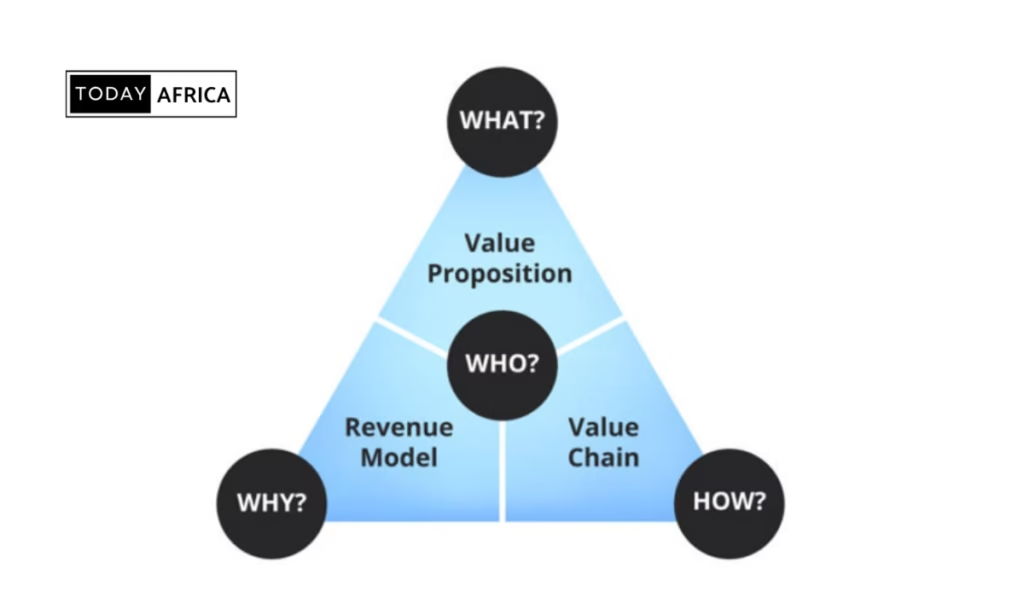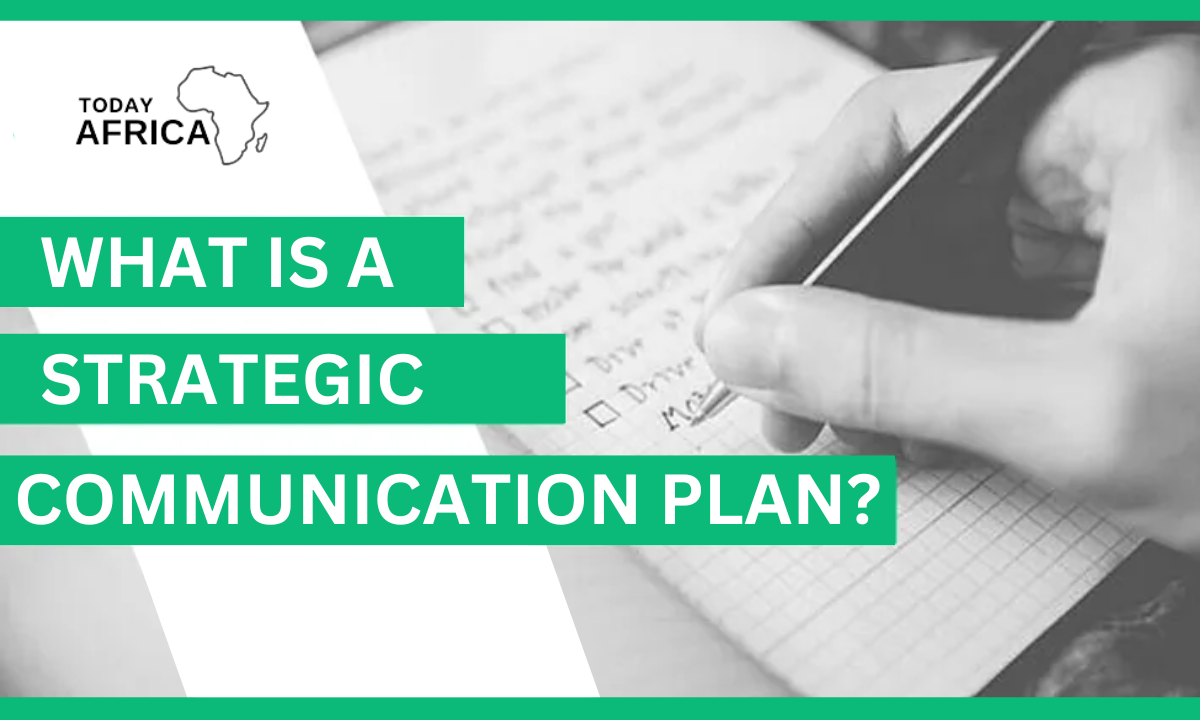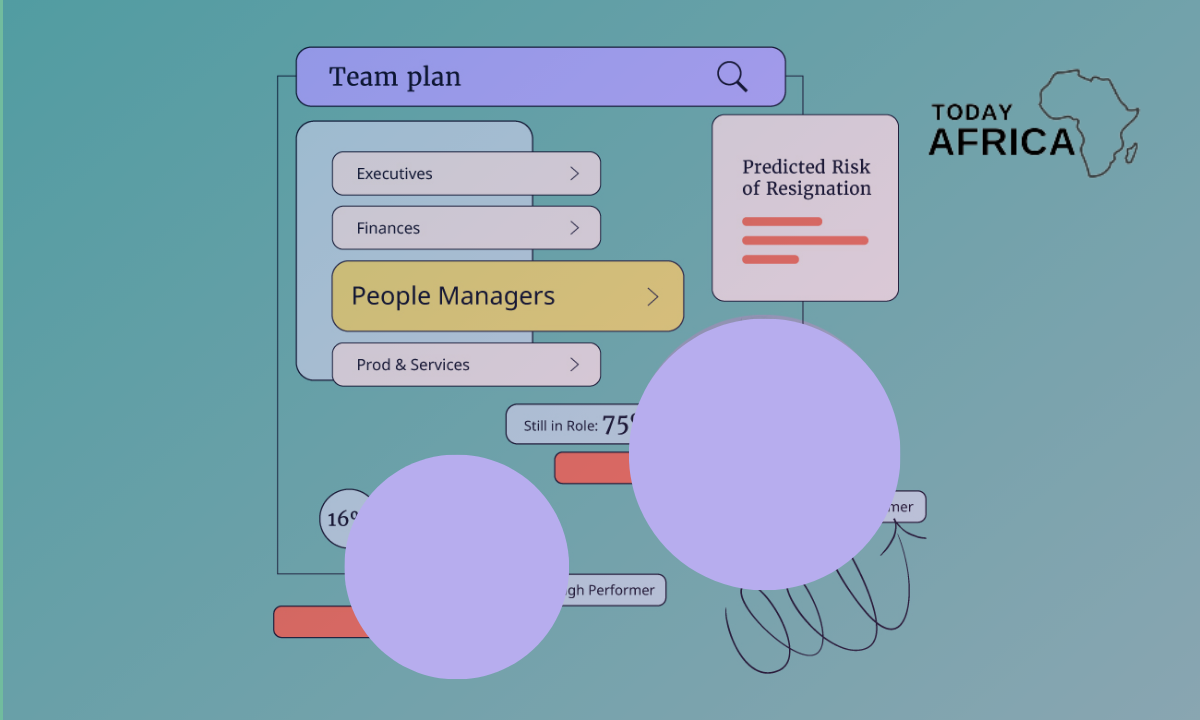As an entrepreneur building a product/service, developing an effective customer acquisition strategy for startups is essential.
Because without a steady flow of new customers, even the most innovative products or services may struggle to grow and maintain long-term success.
In this article, we’ll discuss how to craft a customer acquisition strategy for startups, covering the key components, channels, tactics, and metrics you need to consider.
What is Customer Acquisition?
Customer acquisition is the process of attracting new customers and converting them from prospects into paying clients. For startups, it involves not only raising awareness about your product or service but also guiding potential customers through a defined journey—from initial contact to purchase and retention.
This process can be thought of as a funnel with distinct stages:
- Awareness – where potential customers first discover your brand through various channels.
- Consideration – where prospects evaluate your offering and compare it to competitors.
- Conversion – where prospects take the necessary action, such as signing up or making a purchase.
- Retention – where strategies are employed to keep customers engaged and encourage repeat business.
By optimizing each stage of this funnel, startups can make the most of limited marketing budgets and turn every dollar spent into measurable growth. Startups face unique challenges in customer acquisition compared to established companies.
They typically have limited resources, work with unproven products, and must quickly test and refine hypotheses about their market. A methodical, data-driven, and agile approach is therefore crucial to identify and leverage the channels that deliver the best return on investment.
Why a Customer Acquisition Strategy is Important
Acquiring new customers is not only a short-term revenue driver but also the foundation for scalable growth. A well-crafted customer acquisition strategy helps startups build early traction, drive sales, and enhance brand visibility. It also provides valuable customer insights that can inform product improvements and future marketing efforts.
For investors, a startup’s customer acquisition metrics – especially Customer Acquisition Cost (CAC) and Customer Lifetime Value (LTV) – are critical indicators of a sustainable business model.
A strategy that demonstrates a favorable LTV-to-CAC ratio is more attractive for investment and indicates that the company can grow profitably over time.
Furthermore, a targeted and optimized acquisition strategy enables startups to stand out in crowded markets. By focusing on channels that work best and continuously refining your approach based on data, you ensure that resources are allocated efficiently, keeping your startup agile and competitive.
Read Also: Why I Use Lean Canvas for My Business Services
Key Components of Customer Acquisition Strategy for Startups
1. Define your target audience
Begin by identifying your ideal customers. This requires thorough market segmentation based on demographics, psychographics, and behavior.
Develop detailed buyer personas by answering questions such as:
- What are the primary challenges your customers face?
- What motivates their purchase decisions?
- Where do they spend time online and offline?
Engage in customer discovery by conducting surveys and interviews to validate your assumptions. This step is crucial for aligning your product with a real market need.
2. Set clear objectives and key performance indicators
Establish specific, measurable goals for your customer acquisition efforts. Common objectives include increasing website traffic, improving conversion rates, reducing CAC, and enhancing LTV. Regularly track metrics like conversion rates, CAC, and customer retention to understand which channels are most effective and where adjustments are necessary.

3. Develop a strong value proposition
Clearly articulate what makes your product or service unique. Your value proposition should address the pain points of your target audience and demonstrate tangible benefits that differentiate you from competitors. Use testimonials, case studies, and data to back up your claims and build trust.
4. Map the customer journey
Visualize the entire process that a potential customer goes through—from discovery to purchase and retention. Mapping the customer journey helps identify bottlenecks where prospects may drop off and enables you to tailor communication and improve onboarding processes for a smoother transition from lead to customer.
5. Leverage data and technology
Data is at the core of a successful strategy. Utilize analytics tools such as Google Analytics, customer relationship management (CRM) systems, and marketing automation platforms to track performance and gain insights into customer behavior. Regular analysis allows you to refine your strategy and make informed decisions.
Channels and Tactics for Effective Customer Acquisition
Once you have defined your target audience and set your objectives, choose the channels and tactics that will best deliver the desired results. The following are some of the most effective channels for startups:
1. Content marketing
Content marketing is a powerful way to attract and engage potential customers by providing valuable and informative content. Strategies include:
- Writing in-depth blog posts and articles on industry-relevant topics.
- Creating downloadable ebooks and guides in exchange for email sign-ups.
- Producing engaging video content such as tutorials and product demos.
- Designing infographics to simplify complex ideas.
This approach not only improves organic traffic through SEO but also nurtures leads throughout the customer journey. Studies indicate that content marketing can generate up to three times as many leads as traditional outbound marketing while costing significantly less.
2. Search Engine Optimization (SEO)
SEO ensures that your website appears at the top of search engine results when potential customers search for relevant terms. Best practices include:
- Conducting keyword research using tools like Google Keyword Planner and SEMrush. Incorporate primary keywords (for example, “Customer Acquisition Strategy for Startups”) naturally into your content, titles, meta descriptions, and image alt texts.
- Optimizing on-page elements such as headings, URL structure, and internal linking.
- Building high-quality backlinks from reputable websites.
- Ensuring your website is mobile-friendly and loads quickly.
A strong SEO strategy drives long-term, sustainable traffic and helps reduce acquisition costs.
3. Social media marketing
Social media platforms offer direct access to potential customers and provide an excellent opportunity for engagement and community building. Key tactics include:
- Selecting platforms that are popular with your target audience. For example, Instagram and TikTok may be ideal for younger consumers, while LinkedIn works well for B2B startups.
- Creating engaging content such as behind-the-scenes looks, customer testimonials, and interactive posts like polls and Q&A sessions.
- Using paid social ads to expand your reach with targeted messaging.
- Encouraging user-generated content and building branded hashtags to foster community.
Social media also provides real-time feedback that can be used to refine your strategy continuously.
4. Email marketing and referral programs
Email marketing remains one of the most direct and cost-effective ways to nurture leads. Develop automated email sequences to guide prospects through the funnel – from initial contact to conversion.
Personalize emails based on customer behavior and preferences, and continually test subject lines and content to optimize engagement.
Referral programs complement email marketing by incentivizing current customers to refer new ones. This approach leverages the trust existing customers have in your brand, often resulting in higher quality leads at a lower cost.
5. Paid advertising
Paid advertising, including search engine marketing (SEM) and display advertising, can provide immediate results. Techniques include:
- Bidding on targeted keywords to display ads at the top of search engine results. Focusing on long-tail keywords can lower competition and cost per click.
- Using display ads on relevant websites to increase brand awareness.
- Implementing retargeting campaigns to re-engage visitors who did not convert on their first visit.
Regularly monitor and adjust your campaigns to ensure that your spending is justified by a favorable return on investment.
Read Also: 6 business model canvas examples to learn from this year
Optimizing Your Customer Acquisition Strategy for Startups
A customer acquisition strategy must be continuously refined and optimized. Consider these tactics for ongoing improvement:
1. Data-driven decision making
Analytics should drive your strategy. Monitor key metrics such as CAC, LTV, conversion rates, and churn rates. Regular analysis of these metrics will help you understand which channels are effective and where improvements are needed.
2. A/B testing and experimentation
Test different versions of your landing pages, email campaigns, and ad copies to determine what works best. Small, iterative tests allow you to make data-backed decisions that gradually improve overall performance.
3. Customer feedback
Direct feedback is invaluable. Conduct surveys, interviews, and user testing sessions to gather insights on customer needs and pain points. Use this feedback to refine your product and marketing strategies, ensuring that your approach remains customer-centric.
4. Automation and technology
Leverage automation tools to streamline processes such as lead nurturing, follow-up emails, and campaign management. Automation not only improves efficiency but also ensures consistency in your marketing efforts.
Advanced Tips for Startup Success
1. Embrace growth hacking
Growth hacking focuses on rapid experimentation across marketing channels and product development. It involves designing viral loops, testing tactics quickly, and integrating product development with marketing efforts. This mindset encourages continuous innovation and can result in exponential growth.
2. Utilize customer development
Spend time “getting out of the building” and interacting directly with your potential customers. This process validates your business hypotheses and helps refine your product based on real customer feedback. Customer development is essential for ensuring that your acquisition strategy remains aligned with market needs.

3. Focus on retention as part of acquisition
Acquiring a customer is only the first step; retaining them is crucial for long-term profitability. Implement effective onboarding programs, maintain regular engagement through emails and social media, and establish loyalty programs to reward repeat customers. High retention rates enhance customer lifetime value and reduce overall acquisition costs.
4. Integrate keyword research
Keyword research is a fundamental component of an SEO strategy. Identify primary keywords such as “Customer Acquisition Strategy for Startups” and explore long-tail variations to capture specific search intents.
Optimize your website’s content, meta descriptions, and headings with these keywords to improve organic visibility. Creating content clusters around related topics further establishes your authority and drives targeted traffic.
Read Also: 6 Best Business Models for Startups This Year
Conclusion
A winning customer acquisition strategy for startups requires a holistic approach. Begin by thoroughly understanding your target market and setting clear, measurable goals.
Develop a strong value proposition and map out the customer journey to identify potential bottlenecks. Then, choose a mix of channels – from content marketing and SEO to social media, email, and paid advertising that align with your audience’s habits and preferences.
It is important to remain agile and continuously iterate your strategy. Test different approaches, measure their performance using data analytics, and refine your tactics based on customer feedback and market trends.
Future trends, such as increased use of artificial intelligence, deeper integration of product and marketing functions, and the growing importance of video and interactive content, will further shape customer acquisition strategies.
Implement these strategies with determination and flexibility, and over time, you will build a sustainable, profitable engine for customer acquisition. Your journey toward rapid, scalable growth starts with understanding your market, measuring your performance, and continually refining your approach.
Leave a comment below and follow us on social media for update:
- Facebook: Today Africa
- Instagram: Today Africa
- Twitter: Today Africa
- LinkedIn: Today Africa
- YouTube: Today Africa Studio
















